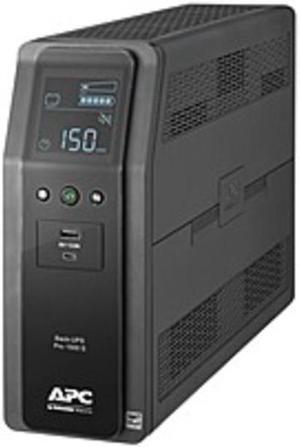
- ₩551,340 –
- ₩1,152,322 Shipping
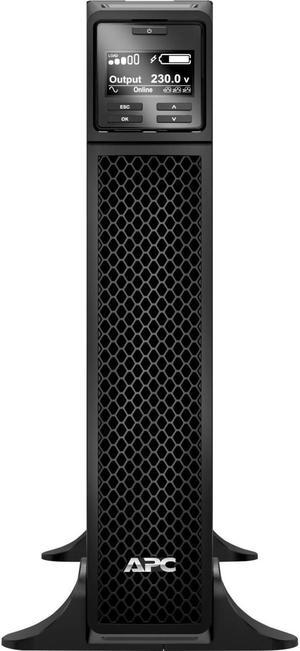
- Output Frequency: 50/60 Hz +/- 3 Hz
- Battery Recharge Time: 3 hours
- Series: Smart-UPS
- Input Voltage Range: 160 - 275V
- Model #: SRT3000XLI
- ₩11,709,938 –
- ₩3,116,530 Shipping

- Type: Battery
- Model #: BP192VL2U01
- ₩3,542,196 –
- ₩4,059,350 Shipping
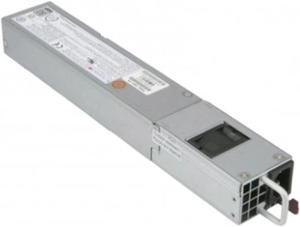
OUT OF STOCK
- Model #: MBVB00OI1Q51A
- ₩493,777 –
- More options from ₩409,824 - ₩493,777
- ₩209,502 Shipping

- Model #: PSI53000RT120
- ₩4,065,345 –
- ₩3,195,098 Shipping
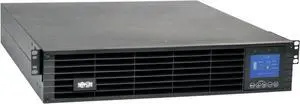
- Battery Type: Valve Regulated Lead Acid (VRLA)
- Model #: SU2000RTXLCD2U
- ₩3,242,303 –
- ₩2,527,267 Shipping
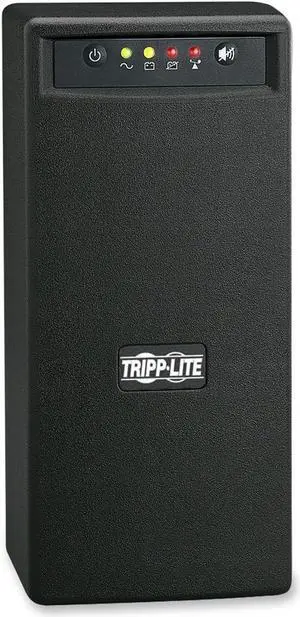
- Outlets: 6
- Battery Run Time: Full Load Runtime: 2.2 minutes (450 Watts) Half Load Runtime: 8.3 minutes (225 Watts)
- Output Frequency: 60 Hz
- Battery Recharge Time: Less than 4.5 hours from 10% to 90%
- Model #: SMART750USB
- ₩297,185 –
- ₩720,196 Shipping

- Model #: SM10KAPMA
- ₩8,873,390 –
- ₩1,741,584 Shipping
An uninterruptible power supply, or UPS system, ensures that electricity continuously reaches crucial equipment, powering it at all times. Even if other devices lose power during outages or brownouts, servers and computers continue to run. Users then have time to safely shut down their machinery to prevent the loss of data. A UPS system also is essential for keeping important systems such as security cameras and health care equipment running for as long as possible.
A UPS System Protects Against Surges
The outlets on a UPS system provide similar defenses to those offered by surge protectors, absorbing the excess energy of surges and spikes. Receiving a jolt of too much power may damage sensitive computer components such as hard drives. A desktop UPS or a larger model likely has multiple devices plugged in and keeps them safe from such events that are especially prevalent after outages, just as power is restored. The initial spike may be detrimental to devices plugged into a standard outlet, so a surge-protected outlet is helpful. Some UPS models feature surge-only outlets, which supply power and protection without draining the UPS battery.
Saving Energy with a UPS System
Many UPS system types have a "green" or "eco" mode that increases energy efficiency and reduces utility costs. Energy-focused systems offer extra savings measures such as switching off during non-business hours or detecting and bypassing unused equipment. A UPS system usually also has a single switch or circuit breaker similar to the kind many power strips have. Operators can power down multiple devices with just the press of a button, making reboots and power-cycles quicker, easier and safer.
Protection for Multiple Types of Equipment
A single-user UPS system is small enough to fit beneath a desk while still supplying protection for a computer, monitor and printer. Specialized UPS models meet the unique needs of environments such as hospitals and marine vessels. When installing in a server room alongside equipment such as servers and a power distribution unit, consider a rack-mountable UPS to economize on space. A UPS typically has not only electrical outlets but also network, USB and serial ports for protecting against noise as well as surges. Some devices use transformer block plugs, requiring outlets spaced farther apart.
Suitable for Small and Large Businesses
Businesses of all sizes use servers and switches, for which a pure sinewave UPS is an optimal solution. These closely simulate the type of power you expect from standard utilities for consistent, reliable performance. There are also single-phase UPS systems for smaller set-ups and three-phase units for powering multiple devices with varying power requirements. Line-interactive units manage voltage changes without utilizing battery power unless necessary, so it has a strong charge and is ready to handle an outage. An online UPS system, on the other hand, converts incoming power using the battery to maintain consistency. This creates a layer of insulation between the equipment and external line issues.
